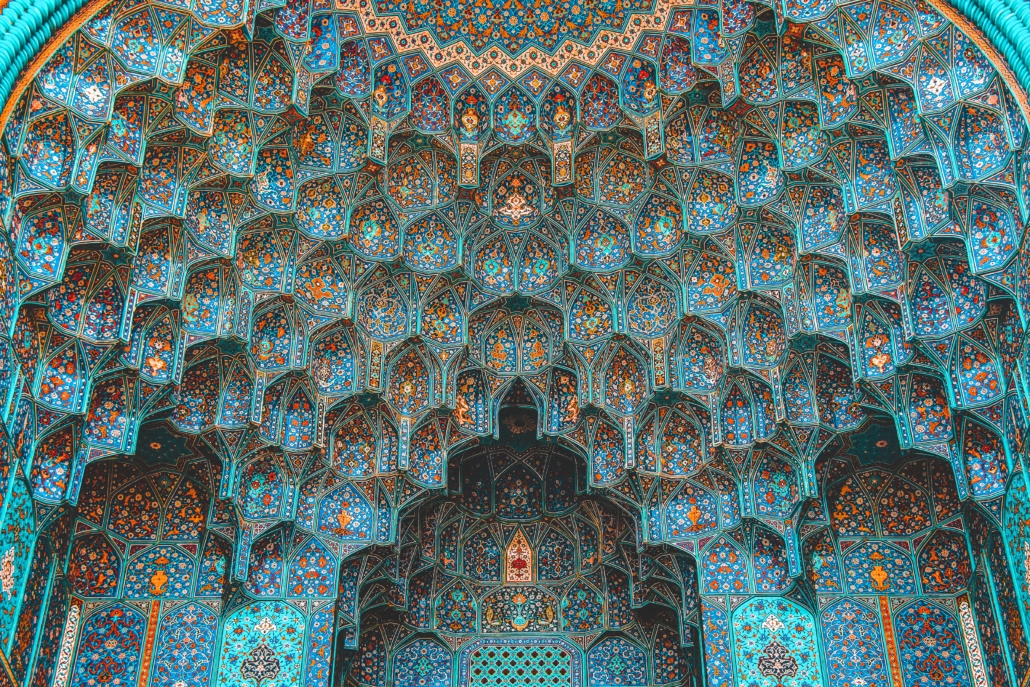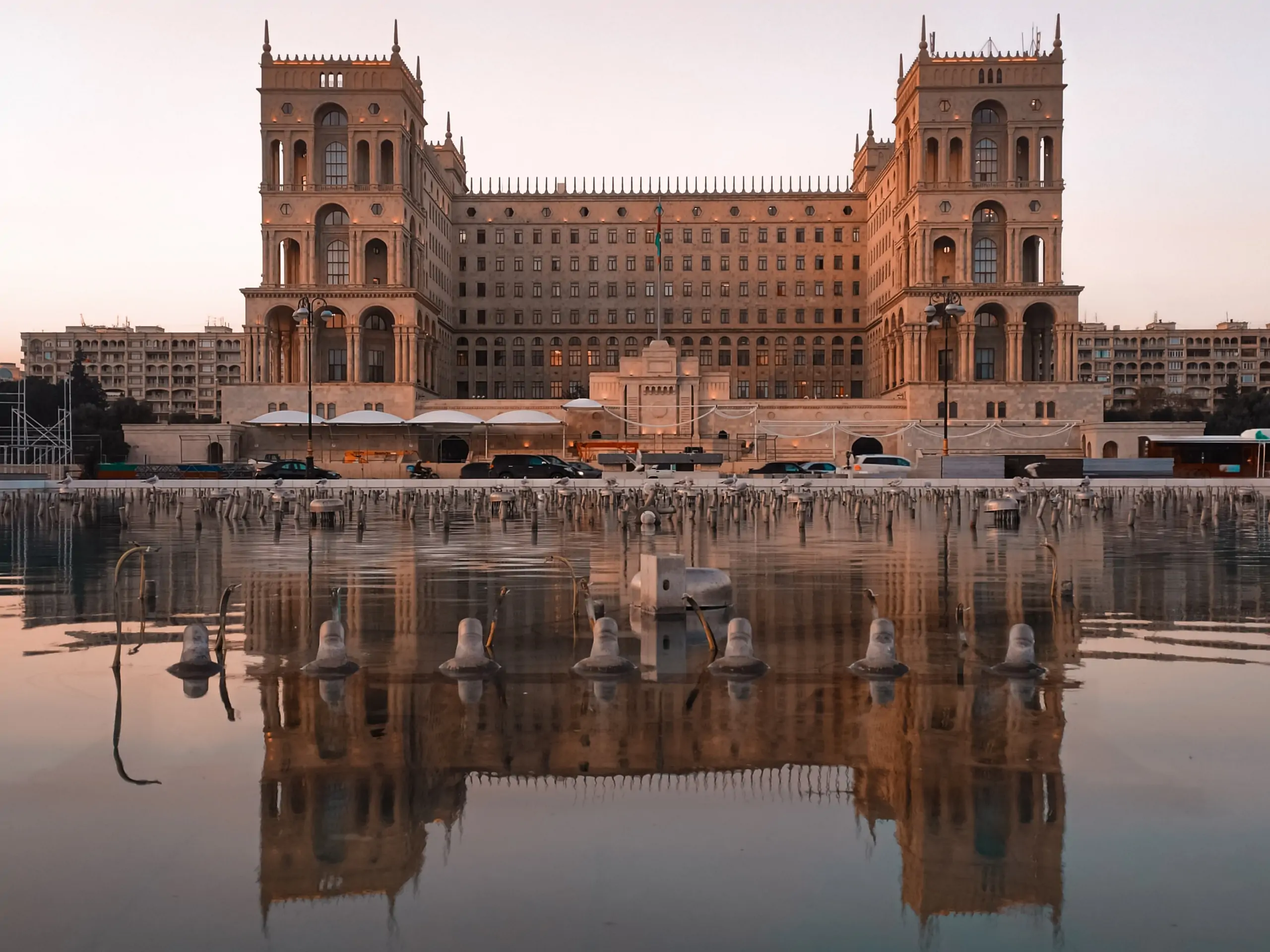Immerse yourself in a 3-day journey through the historic and culturally rich land of Iran. Discover the ancient architectures, indulge in the local culinary scene, and unravel the mystic beauty that Iran has to offer.

Iran
Trip Highlights:
- Explore the ancient ruins of Persepolis, a testament to the grandeur of Persian civilization.
- Discover the architectural marvels and beautiful gardens of Shiraz.
- Traverse the historic alleys of Isfahan, known for its Persian-Islamic architecture.
- Enjoy the breathtaking Islamic architecture and grand bazaars of Tehran.

Iran
Itinerary:
Day 1: Arrival in Shiraz
- Morning arrival in Shiraz, the city of poets, literature, wine, and flowers.
- Embark on a city tour to visit the Eram Garden, Nasir al-Mulk Mosque (Pink Mosque), and the Vakil Bazaar.
- Delight your taste buds with local Persian cuisine at a traditional restaurant.
- Overnight in Shiraz.
Day 2: Persepolis Excursion and Isfahan Journey
- Morning drive to the majestic ruins of Persepolis, a UNESCO World Heritage site, and explore the remnants of one of the world’s greatest civilizations.
- Continue to the ancient necropolis of Naqsh-e Rustam to witness the tombs of Persian kings carved into the cliffs.
- Depart for Isfahan in the afternoon and check into your hotel.
- Evening stroll along the historic bridges of Isfahan like Si-o-se-pol and Khaju Bridge.
- Overnight in Isfahan.
Day 3: Isfahan Exploration and Departure to Tehran
- Begin the day with a visit to the Imam Square (Naqsh-e Jahan Square), a UNESCO World Heritage site, surrounded by grand mosques and the Ali Qapu Palace.
- Explore the intricately designed Sheikh Lotfollah Mosque and the impressive Imam Mosque.
- Discover the grand bazaar of Isfahan, where you can shop for souvenirs like Persian rugs and handicrafts.
- Late afternoon flight to Tehran, the bustling capital of Iran.
- If time permits, a short city tour of Tehran visiting the Golestan Palace.
- Evening departure or consider extending your stay to further explore the cultural richness of Iran.
What’s Included:
- Accommodations for two nights in Shiraz and Isfahan.
- Daily breakfast.
- Transportation in a modern, air-conditioned vehicle.
- English-speaking guide for all sightseeing tours.
- Entry fees to all mentioned attractions.
What’s Excluded:
- Airfare to and from Iran.
- Personal expenses like laundry, telephone, tips, etc.
- Any meals other than breakfast.
- Travel insurance.
Important Notes:
- Verify the latest visa requirements from the Iranian consulate.
- Dress modestly and observe cultural etiquettes as Iran is an Islamic Republic.
- Having some local currency (Iranian Rial) is advisable as international credit cards are not widely accepted.
- A phrasebook or translation app might be helpful as English is not widely spoken outside major cities.
Frequently Asked Questions (FAQ)
- What is the best time to visit Iran?
- Spring (March to May) and Autumn (September to November) are the ideal times to visit due to pleasant weather.
- Is it safe to travel to Iran?
- Iran is generally safe for tourists, but always exercise common safety precautions.
- What kind of power outlets are used in Iran?
- Iran uses Type C and F outlets, with a standard voltage of 220 V and a frequency of 50 Hz.
- Is tap water safe to drink?
- It’s advisable to drink bottled water in Iran.
- What is the currency used in Iran?
- The Iranian Rial (IRR) is the currency used in Iran. It’s advisable to have cash for small purchases and daily expenses.


